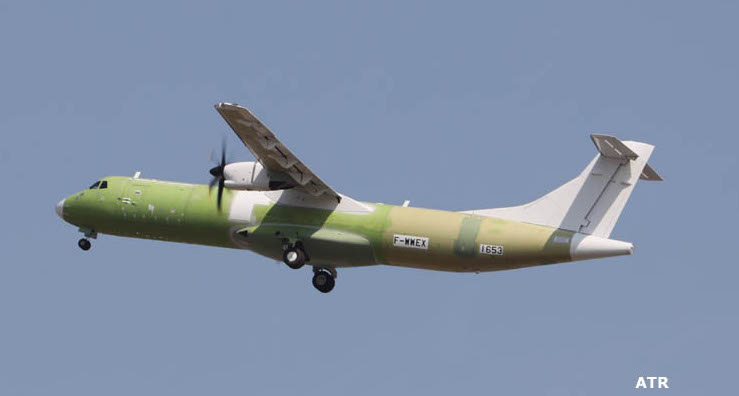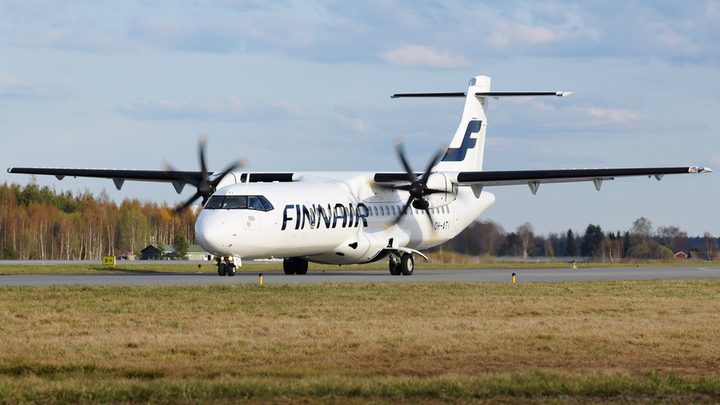First Ever Purpose-Built Regional Freighter Takes Flight
- The ATR 72-600F will provide cargo operators with advantages of the latest generation market-leading regional turboprop ATR, the world number one regional aircraft manufacturer, today announces the successful first flight of its new purpose-built…

